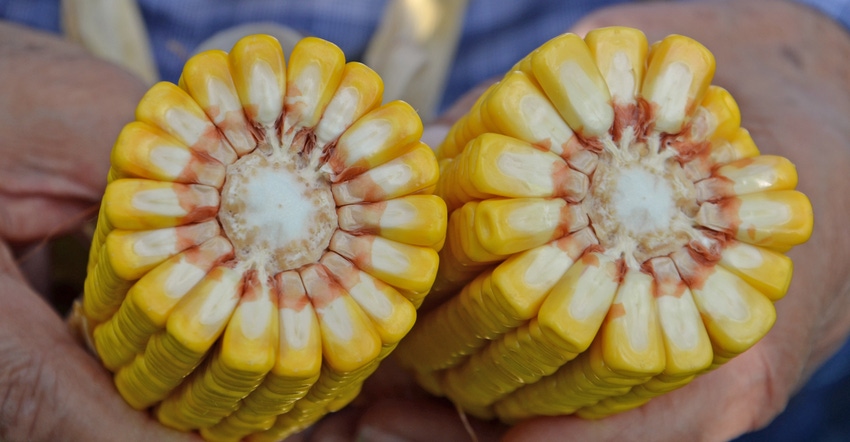June 21, 2022

Hopefully, Mother Nature won’t favor disease organisms this year. However, there is lots of inoculum of disease organisms on the ground, ready to attack if conditions are favorable to development of pathogens. You should be ready to protect your corn crop.
For the future, if you’re not already doing so, rotate crops and avoid planting corn after corn every year.
Secondly, plan on using foliar fungicides, if needed. Some farmers reported last year that fungicides applied on time paid off with yield increases of 15 to 20 bushels per acre as compared to where no fungicides were used. With current grain prices, it is a no-brainer!
Why fungicides help
Plant breeders try to develop new hybrids with the highest yield potential and select for disease resistance at the same time. However, it is almost impossible to develop resistance to all prevalent diseases while developing new hybrids. Disease organisms are constantly changing. By the time plant breeders develop new hybrids resistant to a certain disease organism, the pathogen might mutate and new races of the disease are born.
To maximize yield, you must protect crops from diseases. Applying fungicides is one way to protect them. How do you decide if you need to spray? When is the best time to apply fungicides?
Different disease organisms become more prevalent in certain growing conditions. Northern corn leaf blight likes cooler temperatures, and gray leaf spot likes high humidity and high temperatures. New diseases like tar spot are becoming more prevalent. Conservation tillage has also increased the incidence of many diseases.
Some popular corn hybrids on the market have very high yield potential but may be susceptible to certain pathogens, which increases the probability of disease development. These susceptible but otherwise high-yielding hybrids help in creating more disease inoculum for the following year since they’re grown on lots of acres.
When to apply fungicides
Planting date and relative maturity of hybrids can also affect development of certain diseases. Earlier-maturity hybrids can sometimes escape the disease. This happens if they’re already past critical stages when the disease hits hardest.
Protect leaves above the ears because most of the yield is contributed by those leaves. My scouting experience during the last few years has shown that you should plan on applying foliar fungicides to all hybrids, or even all fields, planted on different dates. It might seem as if some fields will escape the disease, but it is very important to keep scouting.
The ideal time to apply fungicides on corn is after all pollen shed is complete and silks start to turn brown. We want to protect the leaves during the grain fill period. Fungicides don’t increase yield, but they can protect the yield potential of the crops in the presence of fungal diseases. Without prudent applications of the correct fungicide at the right time, your cornfields may not reach their yield potential.
Nanda is director of genetics for Seed Genetics Direct, Jeffersonville, Ohio. Email [email protected] or call 317-910-9876. Please leave a message.
About the Author(s)
You May Also Like






